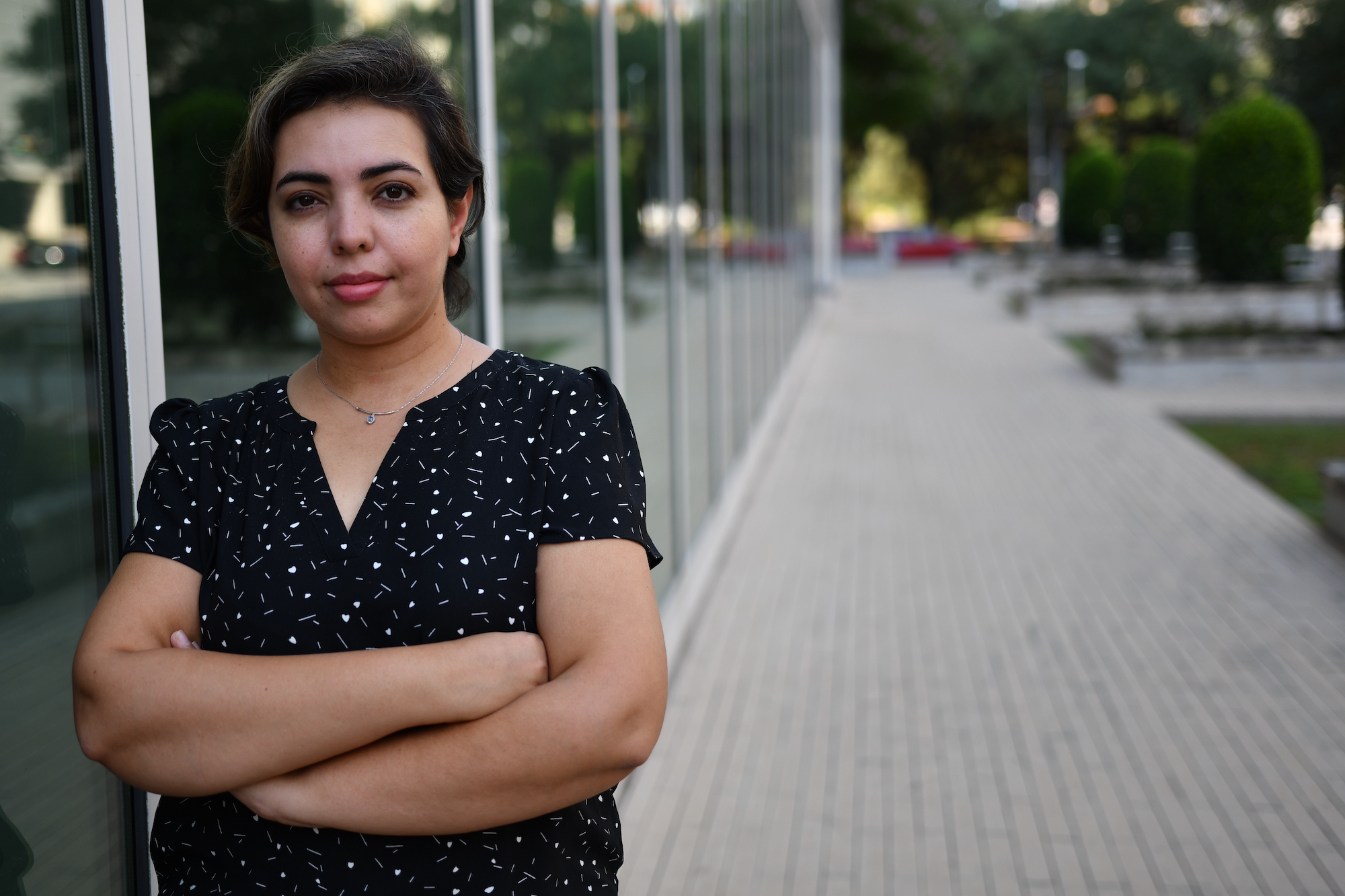Shirin Nouraein, a doctoral student working in the lab of Rice bioengineer Jerzy Szablowski, is the lead author on a paper published in the journal Gene Therapy.
“Shirin just started her second year in graduate school and has already led an important, complex study, showing exceptional productivity and talent,” said Szablowski, assistant professor of bioengineering (BIOE) and director of the Laboratory for Noninvasive Neuroengineering.
The paper, “Acoustically Targeted Noninvasive Gene Therapy in Large Brain Volumes,” continues the Szablowski lab’s work using focused ultrasound energy to safely make the blood-brain barrier permeable. The technique is known as Focused Ultrasound Blood-Brain Barrier Opening (FUS-BBBO).
The procedure also permits the passage of proteins and other small molecules in the other direction – that is, from the brain into the bloodstream – where they can be readily sampled.
“We use focused ultrasound to open nano-sized pores in the brain’s endothelium. This permits the noninvasive delivery of naturally-occurring viral vectors throughout the brain, which is important in the treatment of genetic disorders,” said Nouraein, a graduate student in systems, synthetic and physical biology.
Many disorders affect large brain regions or the entire brain, but delivery of gene therapy to these regions is difficult. “When a gene-delivery vector is injected into the brain with a needle, it often only diffuses a few millimeters,” Szablowski said. “To treat the entire brain one would need to perform thousands of injections, which would be difficult and possibly harmful. With FUS-BBBO, such surgical delivery could be circumvented.”
Nouraein and her research collaborators tested the efficiency and safety of opening 105 sites simultaneously, with positive results in most regions of the brain. Surprisingly, they found that the efficiency of gene delivery improves within each targeted site when more sites are opened.
“We found that delivery of the vectors throughout the brain doubles the efficiency of delivery for the same dose of the virus compared to when only 11 sites are targeted,” Szablowski said.
Co-authors of the paper are BIOE graduate students Sangsin Lee, Vidal A. Saenz, Huckie C. Del Mundo and Joycelyn Yiu. Gene Therapy is a publication of the Springer Nature publishing group.

